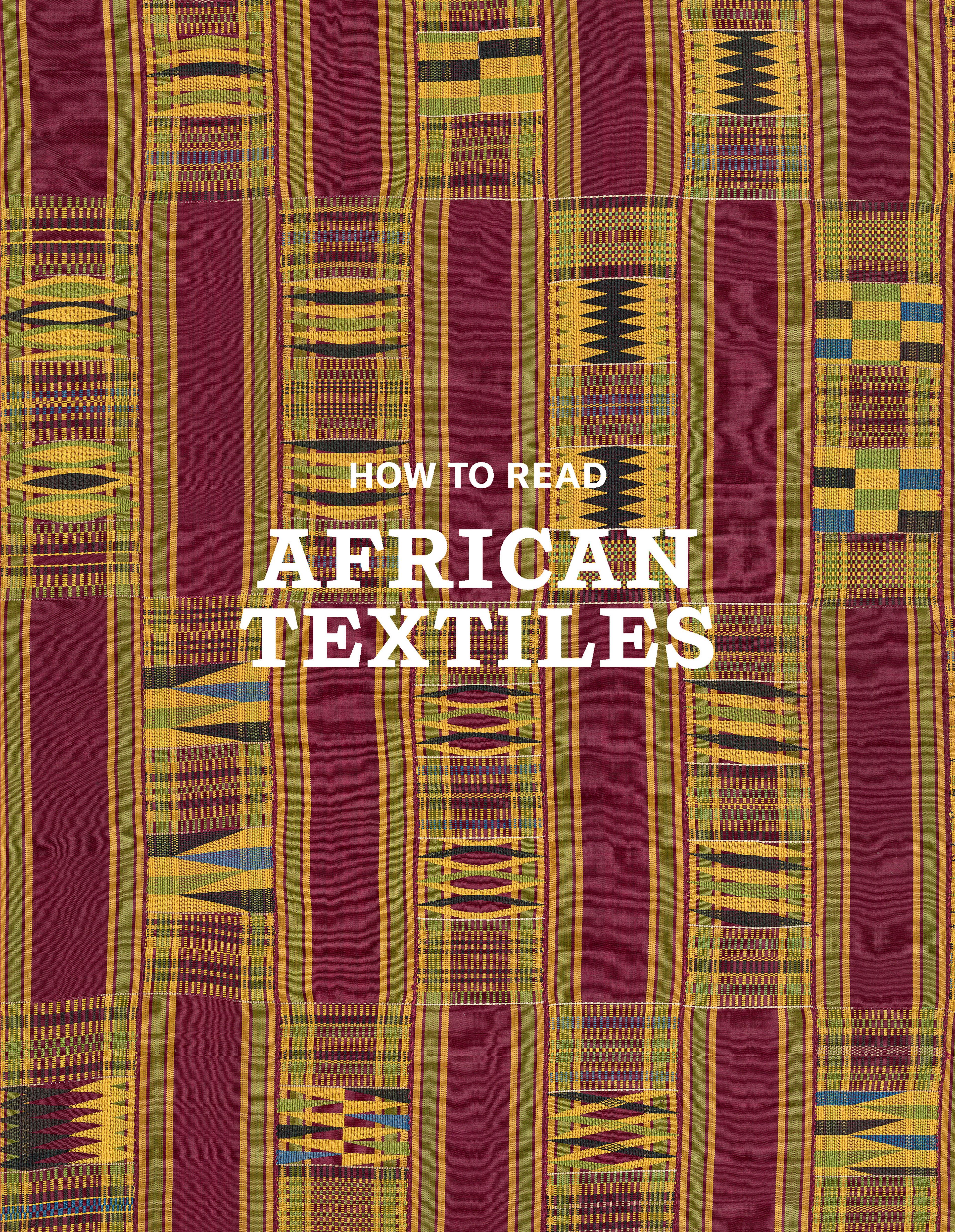Ndop (royal display cloth)
This expansive, twenty-seven-foot-long ndop royal display cloth was used to delineate the setting for royal state events and ceremonies. Multiple patches and repairs attest to its extensive use over time. The variety in style and quality of the resist-dyed patterns reflect the collaborative work of several specialists. Both the geometric motifs (circles, lozenges, and meandering lines) and the stylized figurative forms (crocodiles) have royal symbolism. Similarly, the blue color of the cloth refers to the Bamileke elite. Like tsesah crests, ndop cloths are part of the practice of power in the Bamileke region and are tied to long-standing regional exchange networks. Luxury indigo resist-dyed cloths were first imported in the Cameroon Grassfields from the Upper Benue River region of eastern Nigeria. Local production of the cloths began in about 1910. The red wool along the fringe is made from material imported from abroad. Ndop display cloths are still among the favorite gifts exchanged among leaders in the Grassfields.
Artwork Details
- Title:Ndop (royal display cloth)
- Artist:Grassfields artists
- Date:early–mid-20th century
- Geography:Cameroon, Northwestern highlands
- Culture:Bamileke peoples
- Medium:Cotton, wool, dye
- Dimensions:H. 97 in. x L. 27 ft (246.4 x 823.2 cm)
- Classification:Textiles
- Credit Line:Gift of Eve Glasberg and Amyas Naegele, 2013
- Object Number:2013.1140.15
- Curatorial Department: The Michael C. Rockefeller Wing
More Artwork
Research Resources
The Met provides unparalleled resources for research and welcomes an international community of students and scholars. The Met's Open Access API is where creators and researchers can connect to the The Met collection. Open Access data and public domain images are available for unrestricted commercial and noncommercial use without permission or fee.
To request images under copyright and other restrictions, please use this Image Request form.
Feedback
We continue to research and examine historical and cultural context for objects in The Met collection. If you have comments or questions about this object record, please contact us using the form below. The Museum looks forward to receiving your comments.
